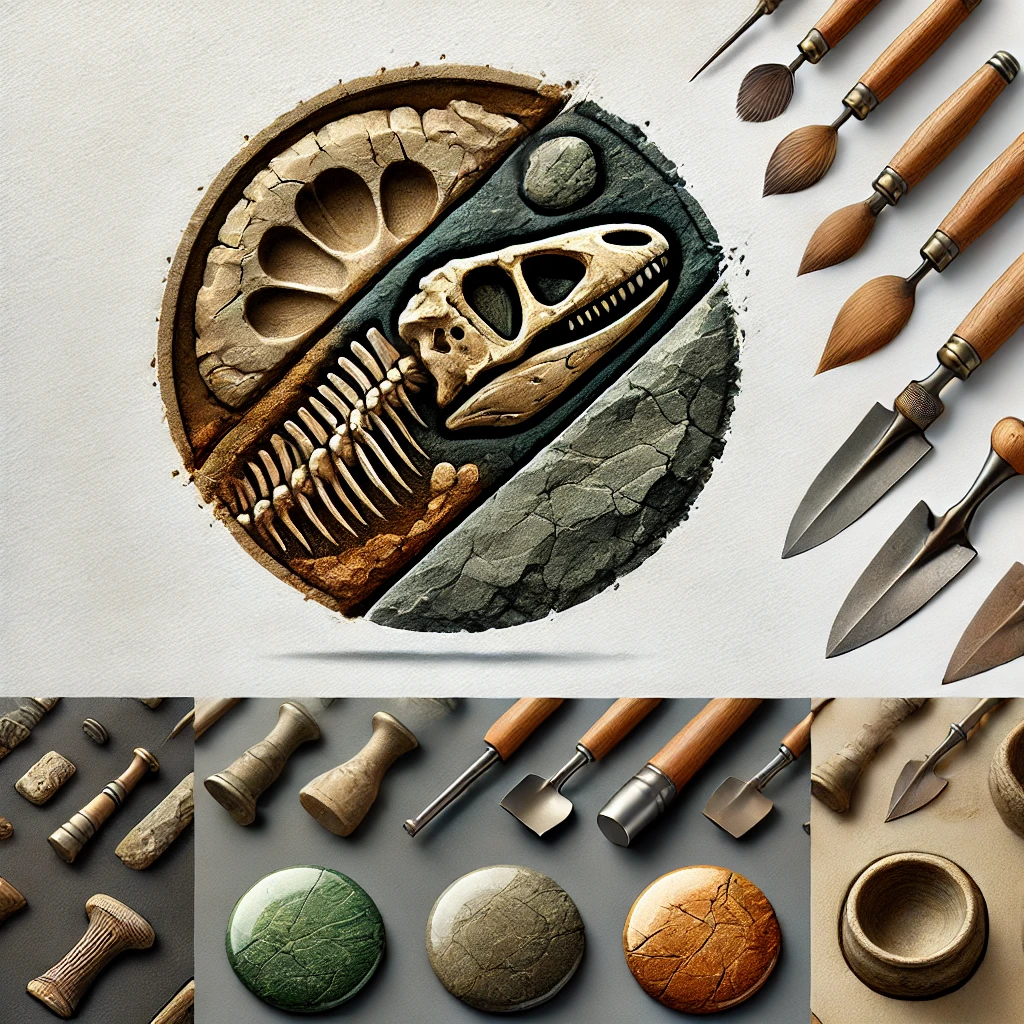“The Marlik Golden Rhyton, a masterpiece of ancient Iranian craftsmanship, stands as a testament to the sophistication and artistry of a civilization that flourished millennia ago. Estimated to be between 3,000 and 3,400 years old, this ceremonial vessel, crafted from high-grade gold, offers a profound glimpse into the ritualistic practices and elite culture of ancient Northern Iran. Discovered in a royal tomb at the Marlik archaeological site, this artifact continues to captivate, serving as a symbol of a rich and enduring heritage.”
A Royal Artifact: Unveiling Ancient Craftsmanship
- A Vessel of Ceremony:
- The Marlik Golden Rhyton, like other rhyta of its kind, was not merely a functional object but a ceremonial vessel, used for ritual libations or as an elite drinking vessel. Its purpose was deeply intertwined with the religious and social practices of the time.
- This ceremonial function underscores the importance of ritual and symbolism in ancient Iranian culture, highlighting the role of such vessels in connecting the earthly and divine realms.
- Exceptional Metalworking Skills:
- Crafted from high-grade gold, the rhyton showcases the exceptional metalworking skills of the region’s early cultures. The intricate details and flawless execution of the design speak to the advanced techniques and artistic sensibilities of these artisans.
- This mastery of goldworking, a hallmark of ancient Iranian craftsmanship, reflects the wealth and sophistication of the society that produced such exquisite artifacts.
- Discovery at Marlik:
- The rhyton’s discovery in a royal tomb at the Marlik archaeological site provides crucial context for its significance. This burial setting suggests that it was an object of great value, reserved for the elite and used in funerary rituals.
- This archaeological context allows us to understand the rhyton’s role in the broader cultural and historical narrative of the Marlik civilization.
Animal Motifs and Mythical Creatures: Decoding Symbolic Language
- Symbolic Imagery:
- Rhyta like the Marlik Golden Rhyton were often shaped to feature animal motifs or mythical creatures, each carrying symbolic meaning. These images served as a visual language, conveying messages about power, protection, and the natural world.
- This symbolic imagery reflects the ancient Iranians’ deep connection to the animal kingdom and their belief in the power of mythical beings to influence their lives and destinies.
- Fine Detail and Purity:
- The Marlik rhyton stands out for its fine detail and the purity of the gold used in its construction. These qualities underscore the importance of the vessel as a symbol of wealth and prestige.
- This attention to detail and the use of precious materials highlight the high status of the individuals who commissioned and used such artifacts.
- Ritual Libations:
- The use of rhyta for ritual libations suggests a connection to religious ceremonies and offerings to deities. These libations, often involving wine or other precious liquids, were intended to appease the gods and ensure their favor.
- This practice reflects the ancient Iranians’ belief in the power of ritual to influence the natural world and their relationship with the divine.
A Legacy Preserved: Echoes in the National Museum of Iran
- National Museum of Iran:
- Today, the Marlik Golden Rhyton is housed at the National Museum of Iran, where it serves as a symbol of the rich craftsmanship and ceremonial traditions of ancient Iranian civilizations.
- This preservation and display of the artifact ensure that its cultural significance is recognized and appreciated by future generations.
- Cultural Heritage:
- The rhyton’s presence in the national museum highlights its importance as a piece of Iran’s cultural heritage, connecting the present-day nation to its ancient roots.
- This artifact serves as a reminder of the enduring legacy of ancient Iranian civilizations and their contributions to the world’s cultural heritage.
- Enduring Symbolism:
- The Marlik Golden Rhyton’s enduring symbolism transcends its material value, serving as a reminder of the power of art to convey cultural and spiritual messages.
- Its intricate design and ceremonial function continue to captivate, offering insights into the beliefs and practices of a civilization that flourished thousands of years ago.
Conclusion:
“The Marlik Golden Rhyton, a masterpiece of ancient Iranian craftsmanship, stands as a testament to the sophistication and artistry of a civilization that flourished millennia ago. This ceremonial vessel, crafted from high-grade gold and adorned with symbolic imagery, offers a profound glimpse into the ritualistic practices and elite culture of ancient Northern Iran. Its discovery in a royal tomb at the Marlik archaeological site and its preservation in the National Museum of Iran ensure that its legacy continues to resonate, serving as a symbol of a rich and enduring heritage.”

CÁC TIN KHÁC
Mary Walton: The Forgotten Inventor Who Helped Clean Up America’s Cities
Tomb of Queen Nefertari in the Valley of the Queens, Egypt
Discover the Hypostyle Hall of the Temple of Hathor at Dendera
Venus de Losange: Unveiling the Mystery of a 20,000-Year-Old Paleolithic Icon